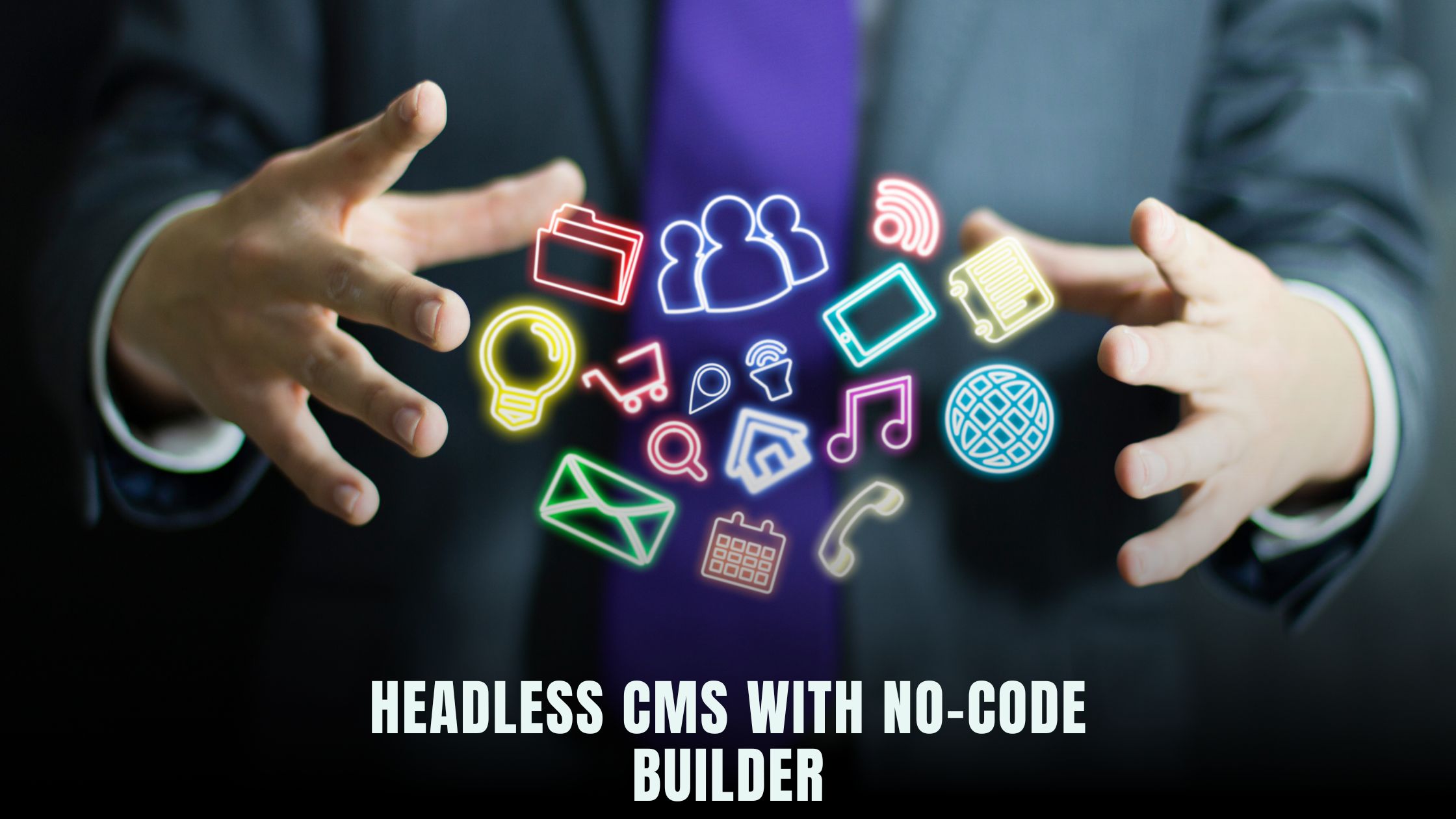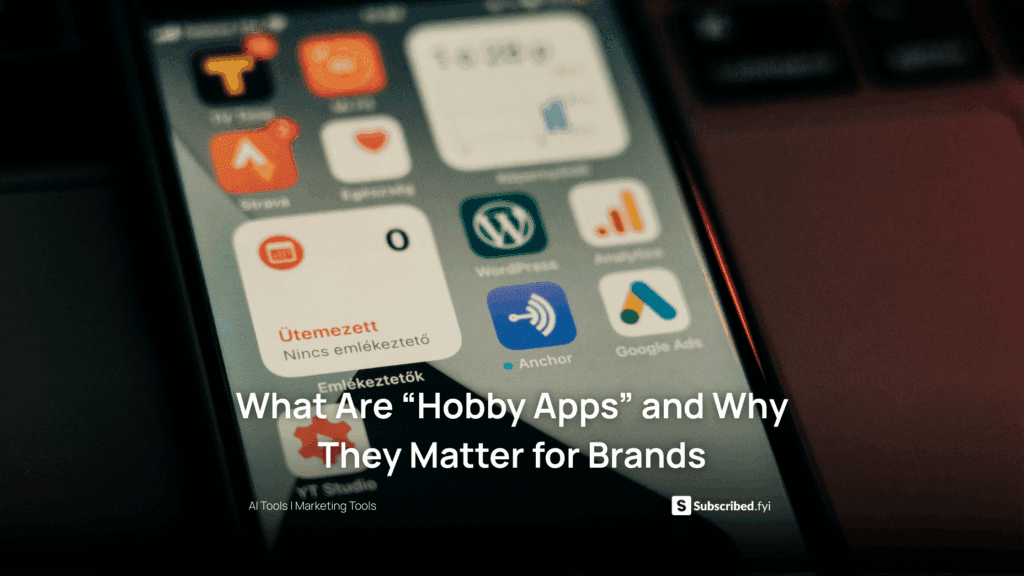Can You Use a Headless CMS with a No-Code Builder?
- WebOps Platforms Bug Tracking & Feedback Software Web Development & Design Website Builder


Managing and delivering content has become more flexible with the rise of headless CMS platforms and no-code builders. You can store your articles, images, and metadata in a headless CMS like Strapi or Contentful and then use a no-code tool—such as Hostinger Horizons—to build a dynamic front end without writing code. Horizons acts as your personal AI software engineer, connecting to content APIs, generating layouts, and deploying live apps in minutes on a global CDN.
Many businesses combine a headless CMS with no-code builders to achieve faster time-to-market and easier updates. If you compare options in the AI-powered website builders directory or browse the Vibe Coding category, you’ll see integrations for content APIs, multilingual support, and built-in analytics. This article walks you through the why, what, and how of using a headless CMS with a no-code builder, offering practical demos, best practices, and real-world tips.
Understanding Headless CMS
What Is a Headless CMS?
A traditional CMS couples the content storage (backend) with the presentation layer (frontend). A headless CMS decouples these, exposing content via REST or GraphQL APIs that any frontend—websites, mobile apps, or IoT devices—can consume. This separation offers:
- Flexibility: Use any technology stack (React, Vue, no-code) for rendering.
- Scalability: Independently scale content delivery via CDNs.
- Omnichannel Delivery: Serve content to websites, native apps, and kiosks from one source.
Popular headless CMS platforms include Strapi, Contentful, and Sanity. Each provides a content API, user-friendly admin dashboards, and plugins for authentication, media handling, and localization.
Key Benefits of a Headless CMS
- Performance: Deliver only the content your frontend needs, reducing payload size.
- Security: The content repository is not directly exposed to end users.
- Developer Freedom: Build front ends with any framework or no-code tool.
- Content Reuse: Publish the same content across multiple channels easily.
The Rise of No-Code Builders
What Is a No-Code Builder?
No-code builders allow non-developers to create fully functional web and mobile apps with drag-and-drop interfaces, prebuilt modules, and visual workflows. Instead of coding HTML, CSS, or JavaScript, you configure components, set properties, and publish a live site. These platforms often include:
- Templates & Themes
- Form Builders & Workflows
- API Integrations
- Hosting & SSL
Examples include Lovable AI, Bolt, and Hostinger Horizons.
Why Combine with a Headless CMS?
- Dynamic Content: Pull blog posts or product data via API, keeping content separate from design.
- Realtime Updates: Edit content in the CMS and see changes instantly in your no-code front end.
- Advanced Workflows: Use CMS plugins for editorial review, then have your no-code builder publish updates automatically.
Technical Overview: Connecting a Headless CMS to a No-Code Builder
Content APIs and Authentication
Headless CMS platforms expose content through secure APIs. To connect:
- Obtain API Credentials: Generate an access token in your CMS (e.g., Strapi API token or Contentful API key).
- Set Up Endpoints: Note the base URL (e.g.,
https://api.contentful.com/spaces/...). - Configure in No-Code Tool: In your no-code builder’s API integration panel, enter the endpoint and token.
Demo: Strapi with Hostinger Horizons
Setting Up Strapi
- Deploy Strapi: Use a service or Docker to spin up Strapi.
- Create Collections: Define “Articles” with fields like title, body, and featuredImage.
- Generate API Token: In Strapi’s admin, enable API and copy the token.
Configuring API in Hostinger Horizons
- Open Horizons Dashboard and select your project.
- Add New Data Source: Choose “REST API,” paste the Strapi endpoint (
/articles), and insert your token. - Map Fields: Link title, body, and image to your template placeholders.
Rendering Dynamic Content
- Drag an “Article List” Component onto your page.
- Bind Data: Select your Strapi data source and map properties.
- Publish: One-click deploy pushes your site live with dynamic articles.
Demo: Contentful with Hostinger Horizons
- Create Contentful Space and “Blog Post” content type.
- Generate Content Delivery API Key in Contentful settings.
- Add Contentful API in Horizons under Data Sources.
- Bind Components: Use a “Rich Text” component for post bodies and image components for media fields.
- Go Live: Instant sandbox preview and global CDN deployment.
Advantages of Combining Headless CMS and No-Code Builders
Speed and Agility
Spin up an MVP in hours: configure CMS models, connect APIs, and generate pages—all without developers.
Separation of Concerns
Editors manage content in the CMS; designers update styles and layouts in the no-code builder, minimizing merge conflicts.
Future-Proof Architecture
As your needs evolve, swap front-end technologies or add new channels (mobile app, IoT screens) without migrating content.
Scalability and Performance
Headless CMS platforms scale content delivery independently. No-code platforms like Hostinger Horizons autoscale hosting to match traffic surges.
Best Practices for Implementation
- Design a Clear Content Model: Organize collections for reuse—blogs, products, testimonials.
- Secure Your APIs: Use scoped tokens and environment variables to protect secrets.
- Optimize Media: Host images on a CDN and enable automatic resizing.
- Use Caching Strategically: Implement revalidation intervals for API data to balance freshness and performance.
- Monitor and Log: Enable analytics in your no-code builder to track API response times and errors.
Considerations and Limitations
Rate Limits and Quotas
Many headless CMS platforms have API rate limits. Plan for caching or paginating data to avoid hitting thresholds.
Custom Functionality
For complex business logic—like personalized recommendations—you may need serverless functions or middleware between the CMS and your front end.
Learning Curve
While no-code reduces coding, understanding API concepts and data mapping is essential for smooth integration.
Future Trends: AI-Driven Content and Design
AI is transforming both content creation and site building:
- AI Content Generation: Tools like Fine AI can draft blog posts, product descriptions, or metadata directly in your headless CMS.
- AI-Powered Layouts: Platforms like Lazy AI and Lovable AI generate design variations based on your branding.
- Conversational UI: Chat with your builder to add new components—“add a testimonial slider bound to CMS testimonials”—and see instant previews.
These trends promise ever-faster development cycles and more dynamic user experiences across channels.
Deep Dive: Real-Time Editing with Hostinger Horizons
Content editors can make changes in the CMS and see updates immediately in the preview sandbox. Hostinger Horizons’ real-time environment ensures your site never goes stale:
- Edit Content in Strapi or Contentful.
- Preview in Horizons sandbox—no redeploy needed.
- Approve and Publish with one click, pushing updates globally.
This workflow minimizes downtime and empowers non-technical teams to manage live sites confidently.
Integrating Advanced API Workflows
Preview Mode and Drafts
Many headless CMS platforms offer draft and preview APIs. Configure your no-code builder to fetch drafts for logged-in editors while serving published content to public users.
Webhooks for Automation
Set up webhooks in your CMS to trigger automated builds or notifications in your no-code platform. For example, when a new post is published, send a webhook to Horizons to prefetch data or clear caches.
Localization and Multilingual Support
Headless CMS platforms often include localization modules. Fetch locale-specific content via API and render in your no-code builder by binding language parameters.
Two Key Advantages of Hostinger Horizons Before You Publish
Hostinger Horizons not only simplifies API connections but also streamlines deployment and scaling. With an AI chat interface, you can request complex workflows—such as “bind Strapi articles, enable draft preview, and schedule webhook triggers”—and watch them set up instantly. Its auto-generated documentation and built-in testing environment let you catch errors before going live. Horizons’ bundled hosting and global CDN ensure your integrated headless CMS site loads fast, supports over 80 languages, and stays secure with automatic SSL certificates.
When you’re ready to publish, a single command in the Horizons console pushes your updates to production. No separate build pipelines, no manual migrations—just one-click deployment. For teams that need to move fast and maintain high uptime, this combination of headless CMS flexibility and no-code speed is unmatched.
Making Headless CMS Work for Everyone
Whether you’re a content-heavy blog, an e-commerce store, or a niche community, using a headless CMS with a no-code builder provides the best of both worlds: dynamic content APIs and visual site building. By following best practices around security, caching, and API integration—and by choosing an all-in-one platform like Hostinger Horizons—you can build, update, and scale your web presence without the usual development bottlenecks. Embrace this modern approach to web development and empower your team to deliver rich, personalized experiences in half the time.
Relevant Links
- Hostinger Horizons
- Lovable AI
- Bolt
- Tempo
- V0
- Lazy AI
- Fine AI
- Windsurf
- Cursor
- Vibe Coding Directory
- AI-Powered Website Builders





